What is Internal SEO and Why Does It Matter?
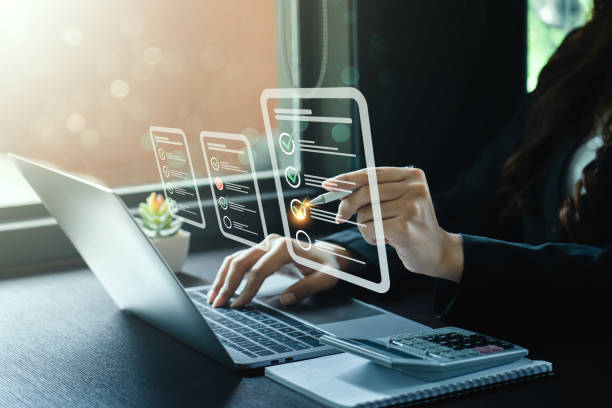
Internal SEO (#OnPageSEO) is the set of actions you take within your website to improve your site’s ranking in search engines like Google.
These actions include optimizing content, site structure, HTML tags, and other internal elements of the site.
Why is Internal SEO important? Because it helps search engines better understand your website and show the most relevant results to users.
Internal SEO has principles that, when followed, will result in an optimized site. It also helps improve the user experience of the site (UX), which is an important ranking factor.
By optimizing Internal SEO, you increase the chances of your website being seen in search results, which in turn drives more traffic to your site.
Organic traffic from search is usually higher quality than other types of traffic because users who come to your site through search are looking for information or products that you offer.
So, investing in Internal SEO is a long-term and profitable investment for your online business.
In short, Internal SEO means optimizing your site for search engines and audiences.
This optimization greatly helps in the visibility of the website on the search engine results page (SERP).
Are you annoyed by losing customers due to the old appearance or slow speed of your online store? The expert team at Rasaweb will solve these problems with a professional online store design!
✅ Increase customer trust and brand credibility
✅ Blazing fast speed and excellent user experience
Get a free consultation with Rasaweb now ⚡
Principled Keyword Research for Internal SEO
![]()
Keyword research is the cornerstone of any successful Internal SEO strategy.
First of all, you need to know what words your target audience is searching for to find your products or services.
For this, you can use various keyword research tools such as Ahrefs, Moz Keyword Explorer, and Ubersuggest.
Look for keywords that have both good search volume and lower competition.
Long-tail keywords can also be very valuable because they usually have a higher conversion rate.
After identifying the target keywords, use them naturally in your content, title tags, meta descriptions, and URL addresses.
Remember that your goal is to create valuable and relevant content for users, not just filling pages with keywords.
Therefore, content optimization with the goal of satisfying user needs should be considered as a basic principle in Internal SEO.
It should also be noted that with changes in user behavior and Google algorithms, your keyword strategy should be continuously reviewed and revised.
Correct keyword research helps you produce content that meets the needs of the audience and, as a result, earns a better ranking in search results.
Content Optimization: The Beating Heart of Internal SEO
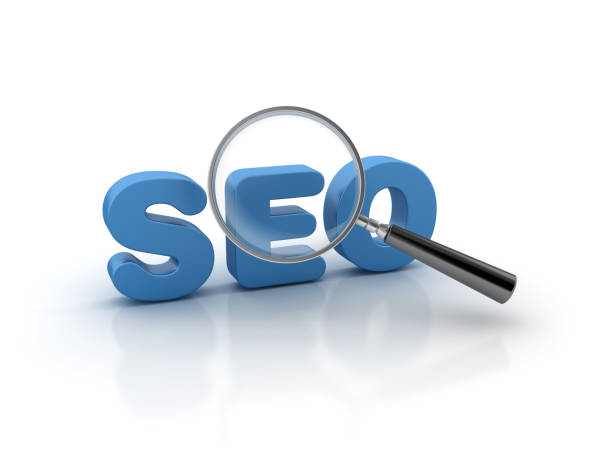
Content is king! You have heard this sentence many times, but it is still true.
High-quality, valuable, and relevant content is one of the most important factors in Internal SEO.
Your content should answer users’ questions, solve their problems, and provide them with useful information.
Optimize your content for target keywords, but avoid overusing keywords.
Focus on providing valuable and engaging content.
Your content should be readable and understandable.
Use short paragraphs, subheadings, and images to break up the text and improve readability.
Update your content regularly to keep it fresh and relevant.
Google loves fresh content! Also, link your content to other reputable and relevant websites to increase its credibility.
Remember that quality content not only helps improve your ranking on Google, but also keeps users on your site longer and converts them into customers.
One of the effective ways to increase the quality of content is to use valid data and statistics in the writing.
By doing this, your content becomes a reliable source for users.
In this regard, Internal SEO has a direct impact on attracting users, and good content retains the user.
| Content Type | Application in SEO | Example |
|---|---|---|
| Blog Articles | Attract organic traffic, create credibility, answer users’ questions | Comprehensive Guide to Internal SEO |
| Product Pages | Increase sales, ranking for commercial keywords | Product page of a specific software |
| Service Pages | Introducing services, attracting potential customers | Web Design Services Page |
| Videos | Attract audience, increase time spent on site, improve ranking in video search results | SEO Training Video |
| Infographics | Easy sharing of information, attracting backlinks | SEO Statistics Infographic |
Optimizing Titles and Meta Descriptions

Titles and meta descriptions are the first things users see in search results.
Therefore, it is very important to optimize them correctly.
Titles should be attractive, relevant, and include target keywords.
Try to keep your titles under 60 characters so they appear completely in search results.
Meta descriptions should be a summary of the page content and encourage users to click on your link.
Keep meta descriptions under 160 characters as well.
Titles and meta descriptions are a great opportunity to attract users from search results.
Use this opportunity correctly.
Also, remember that Google may change your titles and meta descriptions if they do not match the content of the page.
Therefore, make sure that your titles and meta descriptions accurately reflect the content of the page.
Following these Internal SEO tips will help improve your click-through rate (CTR).
One of the main factors in attracting users to your website is a proper title.
With an attractive title, you can drive a lot of traffic to your website.
Are you disappointed with the low conversion rate of your online store? Rasaweb transforms your online store into a powerful tool for attracting and converting customers!
✅ Significant increase in visitor-to-buyer conversion rate
✅ Unparalleled user experience to increase customer satisfaction and loyalty⚡ Get a free consultation from Rasaweb!
Optimizing URL Structure

The URL structure of your website also affects Internal SEO.
Your URLs should be short, descriptive, and include target keywords.
Avoid using long and complex URLs with incomprehensible numbers and letters.
The best URL structure is one that is understandable to both users and search engines.
For example, instead of using the URL “example.com/page?id=123”, use the URL “example.com/seo-internal-guide”.
Also, avoid using uppercase letters, spaces, and special characters in your URLs.
Remember that your URLs should be permanent.
Changing URLs can cause 404 errors and lower your ranking on Google.
If you have to change the URL of a page, be sure to use a 301 redirect to direct users and search engines to the new URL.
Optimizing the URL structure can help Google bots better index your website.
Faster indexing of pages means increased traffic and improved site ranking.
Optimal Internal SEO attracts more audiences.
Optimizing Images
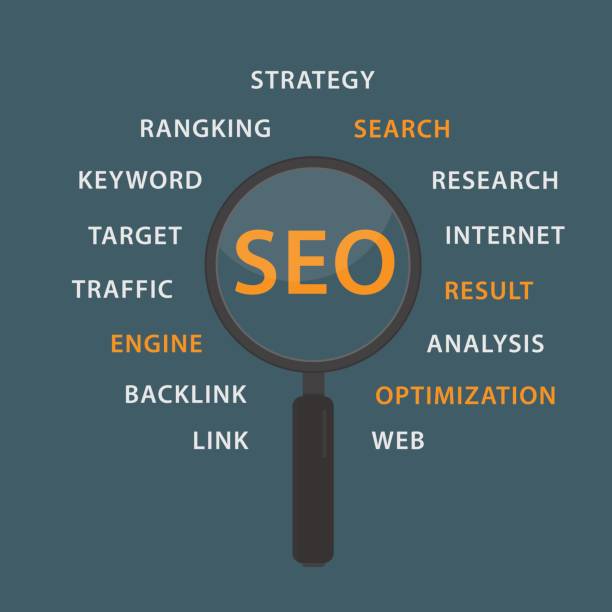
Images can make your content more attractive and understandable, but you need to optimize them correctly so that they do not negatively impact your Internal SEO.
First, save your images in appropriate formats such as JPEG or PNG.
Then, reduce the size of your images to increase page load speed.
Use online image compression tools to reduce the size of images without losing quality.
Also, use descriptive and keyword-rich file names for your images.
For example, instead of using the file name “IMG_1234.jpg”, use the file name “seo-internal-guide.jpg”.
In addition, use the ALT tag for your images.
The ALT tag helps search engines understand what your image is about.
The ALT tag should be descriptive, relevant, and include target keywords.
By optimizing images, you can increase page load speed, improve your ranking in image search results, and improve the user experience.
One of the common mistakes in image optimization is using very large images.
Large images can severely reduce page load speed and cause users to flee.
So always reduce the size of the images before uploading them.
Image optimization in Internal SEO is very important, and by doing this you can help improve your website ranking.
The Importance of Page Load Speed
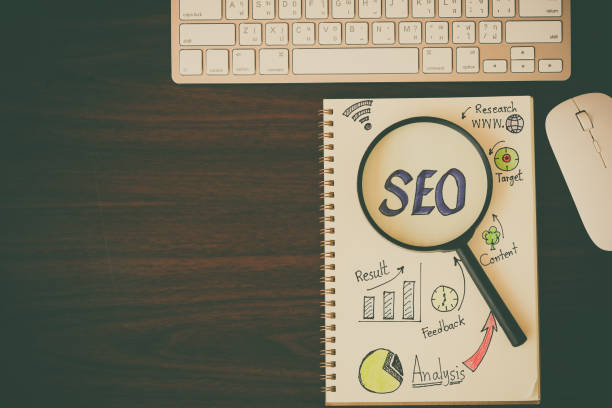
Page load speed is one of the most important factors in Internal SEO and user experience.
Users who visit your website expect your pages to load quickly.
If your pages are slow, users will leave your site and go to competitor websites.
Google also pays a lot of attention to page load speed and penalizes websites with low page load speeds.
To improve page load speed, you can use various methods, including image optimization, enabling Gzip compression, using a CDN, reducing the number of HTTP requests, and using caching.
You can also use online page speed testing tools such as Google PageSpeed Insights and GTmetrix to identify problems related to page load speed and get suggestions for improvement.
Remember that improving page load speed is an ongoing process.
Regularly check your page load speed and take necessary actions to improve it if needed.
Increasing website speed is one of the key factors in Internal SEO.
The faster your site is, the better your ranking in search results will be.
High load speed also increases user satisfaction and reduces bounce rate.
Optimal Internal SEO with high load speed is a win for everyone.
| Factor | Description | Improvement Solution |
|---|---|---|
| Image Size | Large images increase page load time. | Optimize and compress images |
| Coding | Non-standard coding increases file size and reduces speed. | Optimize code (CSS, JavaScript, HTML) |
| Hosting | Weak hosting slows down the site. | Choose quality and high-speed hosting |
| Cache | Not using cache causes pages to load from scratch each time. | Enable browser and server cache |
| Content Delivery Network (CDN) | Not using a CDN causes users to receive content from the main server. | Use CDN to distribute content on different servers |
Smart Internal Linking
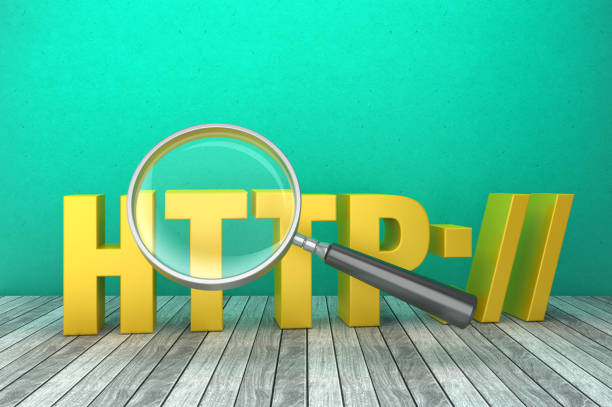
Internal linking is another important aspect of Internal SEO.
Internal linking helps search engines better understand your website structure and identify your important pages.
Also, internal linking helps users easily navigate your website and find the information they need.
When internal linking, try to use descriptive and relevant anchor texts.
Anchor text is the text that links to another page.
For example, instead of using the anchor text “Click here”, use the anchor text “Comprehensive Guide to Internal SEO“.
Also, try to give more links to pages you want to rank higher.
Internal linking is a great way to increase the credibility of your important pages and improve their ranking on Google.
But be careful not to overdo it in internal linking.
Excessive linking can confuse users and reduce the user experience.
A good internal linking strategy is one that both helps improve site ranking and enhances the user experience.
In short, internal linking is a powerful tool in Internal SEO that, when used correctly, can help improve the ranking and user experience of your site.
Are you worried about the low conversion rate of your online store and not getting the sales you want?
Rasaweb is your specialized solution for having a successful online store.
✅ Significant increase in conversion rate and sales
✅ Professional and user-friendly design to satisfy customers
⚡ Are you ready to transform your online sales? Get a free consultation!
Mobile-Friendly Website

Today, more than half of web traffic is through mobile devices (mobile).
Therefore, it is very important that your website is Mobile-Friendly, that is, it is displayed correctly on mobile devices and is easy to use.
Google also pays a lot of attention to the Mobile-Friendly nature of websites and penalizes websites that are not Mobile-Friendly.
To make your website Mobile-Friendly, you can use responsive design.
Responsive design means that your website automatically adapts to the screen size of the user’s device.
Also, make sure that the fonts and buttons of your website are large enough for users to easily see and touch them on mobile devices.
Page load speed on mobile devices is also very important.
Mobile users expect your pages to load quickly.
So, make sure your website is optimized for mobile devices.
Considering that most users enter the site through mobile phones, responsive design is one of the most important principles of Internal SEO.
A Mobile-Friendly website provides both a good user experience and a better ranking in search results.
Monitoring and Analyzing Internal SEO Results
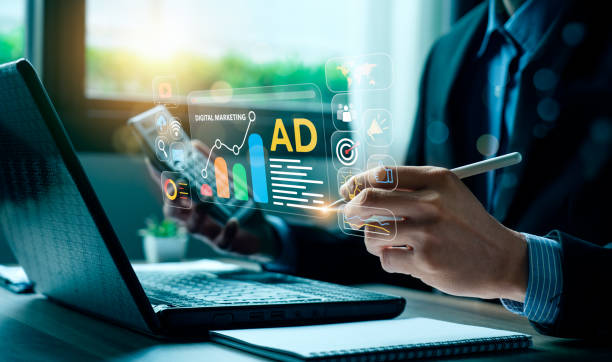
Internal SEO is an ongoing process and needs monitoring and analysis.
You should regularly check the results of your internal SEO efforts and change your strategy if needed.
To monitor internal SEO results, you can use various tools, including Google Search Console and Google Analytics.
These tools provide you with useful information about website traffic, keywords that users find your website with, the ranking of your pages on Google, and other important metrics.
By analyzing this information, you can identify the strengths and weaknesses of your internal SEO strategy and make necessary changes if needed.
For example, if you notice that the ranking of one of your important pages has decreased on Google, you can update the content of that page, give it more internal links, and improve its load speed.
Remember that SEO is not an exact science and requires trial and error.
By monitoring and analyzing your results, you can understand what works for your website and what doesn’t.
Internal SEO requires continuous review and analysis of user behavior.
Using analysis tools helps you improve the performance of your site and gain a better ranking in search results.
Without monitoring and analysis, your efforts in Internal SEO will be fruitless.
Frequently Asked Questions
| Row | Question | Answer |
|---|---|---|
| 1 | What is Internal SEO (On-Page SEO)? | Internal SEO refers to a set of actions that are performed inside the website (on its pages) to improve the site’s ranking in search engine results. This includes optimizing content, site structure, and HTML codes. |
| 2 | Why is Internal SEO important? | Internal SEO helps search engines better understand the content of the page and determine whether that page is relevant and valuable for user searches. This better understanding leads to higher rankings. |
| 3 | What is the first and most important step in Internal SEO? | Keyword Research is the most important first step. By finding the right keywords, you can produce targeted and relevant content to users’ needs. |
| 4 | What is the role of the Title Tag in Internal SEO? | The title tag is one of the most important ranking factors and should include the main keyword. This tag is displayed as the page title in the search results and affects the click-through rate (CTR). |
| 5 | What is the importance of Meta Description? | Meta description does not directly affect ranking, but by providing an attractive summary of the page content in the search results, it can encourage users to click and therefore increase the click-through rate (CTR). |
| 6 | Why is it important to use headings (H1, H2, etc.) in content? | Headings help structure content and improve readability for users and search engine crawlers. Using keywords in headings also helps the search engine better understand the topic. |
| 7 | What does Image Optimization in Internal SEO include? | Includes compressing images to reduce size, using descriptive and relevant file names, and filling the Alt tag (alternative text) with relevant keywords to help search engines understand the image content. |
| 8 | What is meant by Internal Linking in Internal SEO? | Internal linking refers to creating links between different pages of a website. This helps to distribute page equity (Link Equity), improve user experience, and help search engine crawlers discover new pages. |
| 9 | Why is Page Speed important for Internal SEO? | Page load speed is a direct ranking factor and greatly affects user experience. Slow pages can lead to increased bounce rate and reduced user engagement. |
| 10 | What role does quality content play in Internal SEO? | High-quality, comprehensive, unique, and valuable content for the user is the core of Internal SEO. This content not only attracts and retains users, but also sends positive signals to search engines and helps to improve the ranking. |
And other services of Rasaweb advertising agency in the field of advertising
Intelligent direct marketing: Designed for businesses looking for digital branding by optimizing key pages.
Intelligent Conversion Rate Optimization: A new service to increase click-through rates through Google Ads management.
Intelligent Digital Branding: A professional solution for online growth with a focus on precise audience targeting.
Intelligent Conversion Rate Optimization: A quick and efficient solution for digital branding with a focus on SEO-driven content strategy.
Intelligent Custom Software: A quick and efficient solution for improving SEO ranking with a focus on SEO-driven content strategy.
And more than hundreds of other services in the field of internet advertising, advertising consulting and organizational solutions
Internet advertising | Advertising strategy | Advertorial
Sources
SEO Radar – Internal SEO
,Aparat – Internal SEO Training
,Moz – On-Page Optimization
,Ahrefs – On-Page SEO: An Actionable Guide
? To reach the peak of success in the digital space, Rasaweb Afarin Digital Marketing Agency is with you. From user-friendly website design and SEO optimization to targeted advertising campaigns, we offer comprehensive solutions for your business growth.
📍 Tehran, Mirdamad Street, next to the Central Bank, Southern Kazerun Alley, Ramin Alley No. 6
“`




